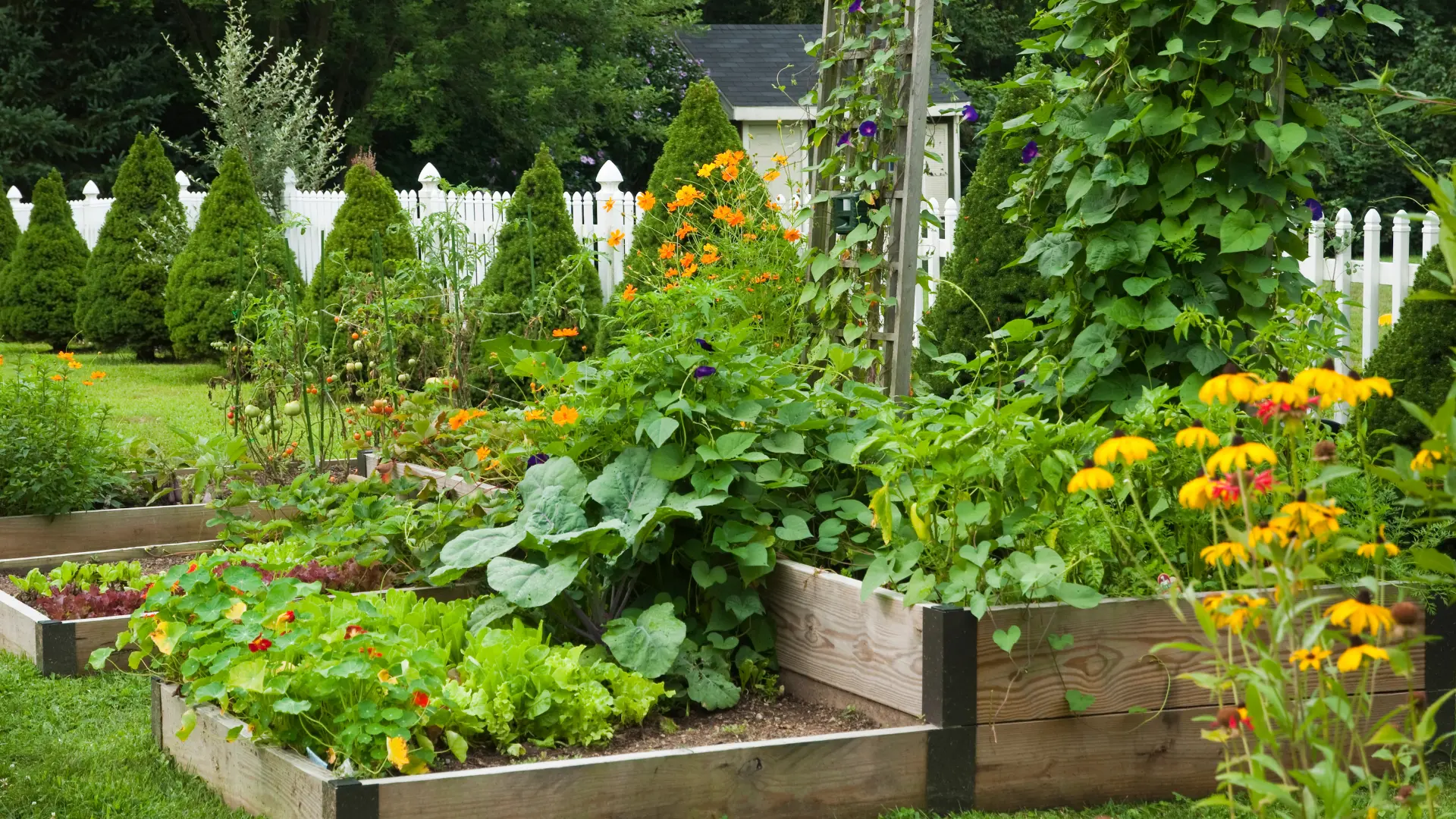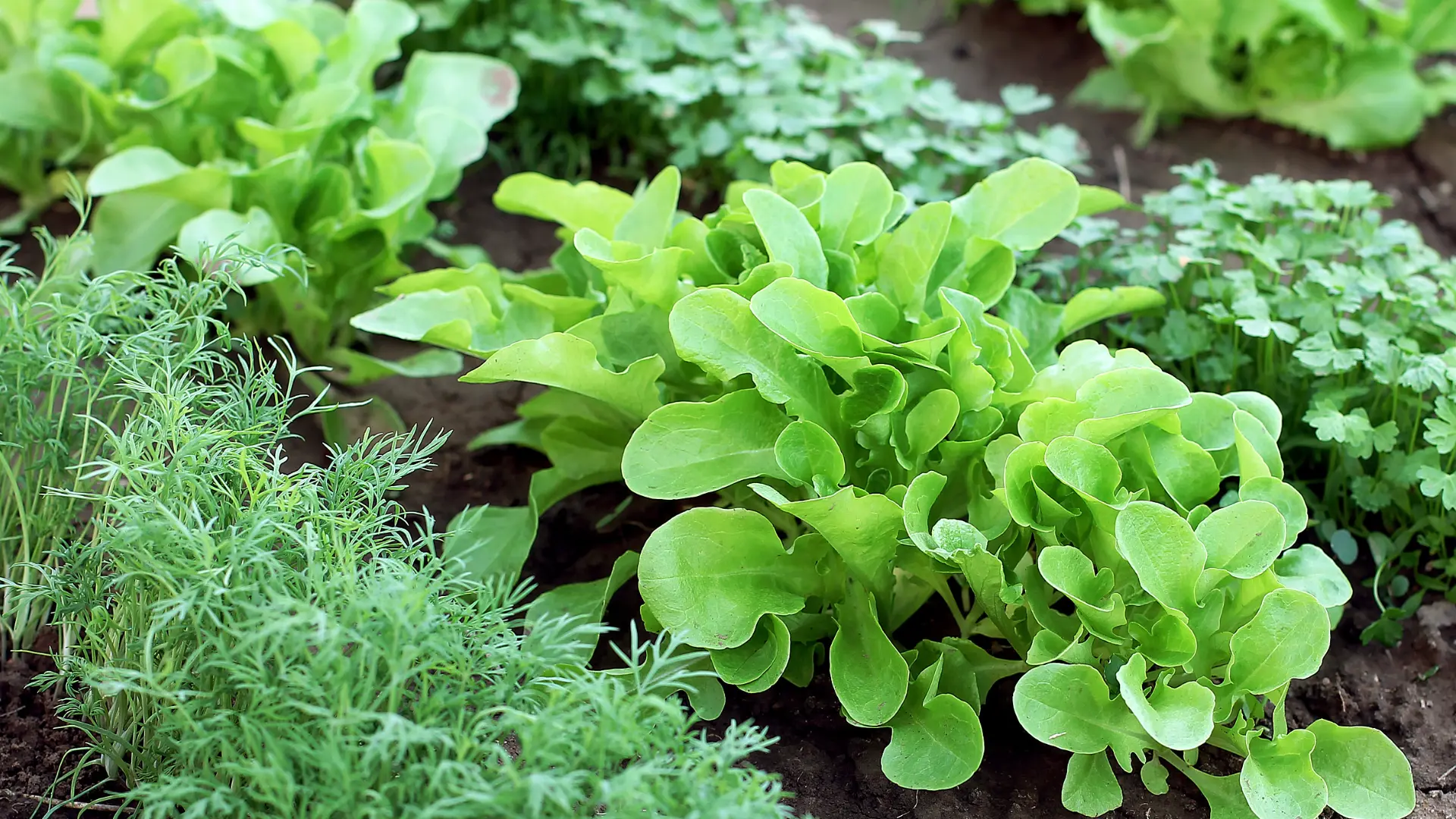When it comes to growing vegetables, it’s critical to understand how much water each vegetable requires. Overwatering or underwatering your vegetation can induce them to die or wilt. Observing your vegetable garden involves many factors.
While water is essential, certain factors influence how much water your garden will require. Knowing these factors can make you water your vegetable garden more effectively. I have done some research into the various techniques for watering vegetables. Here are my top tips for ensuring your vegetable garden flourishes this year.
How Often Should I Water My Vegetable Garden?

Generally, water your vegetable garden at least two inches per week. However, the frequency and volume of water will be determined by several factors, and they include:
- Quality Of Soil
A strong foundation is essential for a flourishing garden. When your soil quality is poor, your plants will begin to die regardless of how much water they receive. You must have fine soil quality before you plant your crops. Compost is an effective way to guarantee that your soil is nutrient-rich and healthy.
Using ¼ quarter-inch compost each season can help improve the quality of your soil. The more nutritious your soil is, the better it will hold water. You can tell if your soil quality is poor from the start. Dryland that crumbles in your hands needs nutrients and water. If the soil conditions are already good, you can quickly grab a piece of soil that will cling together.
- Climatic Conditions
Knowing the climate is another important factor in determining how frequently you should water your garden. Because of the weather, each environment requires a distinct amount of water. Sunny and dry climates require more water, whereas rainy climates may only require a small amount of water each week.
If you live in a sunny location, you might only need to water your soil once every week. If you go above that, you risk over-watering your plants. When vegetables receive excessive water, they exhibit symptoms similar to wilting. Watering your vegetable garden is only needed once every two weeks in areas that receive less sunlight and rain more frequently.
- Vegetable Type
Knowing what kinds of vegetables you have in your garden can help you figure out how much water they require. Watering frequency will also vary depending on the vegetable you’re growing.
- Sunlight
The regularity of sunlight significantly impacts the water amount your garden requires. If you live in a naturally sunny environment, your vegetables may need to be adjusted. Creating shade and reducing sunlight can help improve soil quality. Plants in your garden may begin to dry out if they are overly exposed to sunlight.
How To Water My Vegetable Garden
Generally, plants typically require one inch of water per week. It does not, however, imply watering once a week. That usually does not suffice. Plants thrive when watered thrice per week, allowing for rain. Water the plants twice a day until they are established if they are seedlings.
Early morning is the optimum time to water your vegetable garden. When there is less sunlight, the water is more likely to be absorbed. If you water during the day, sunlight may prompt some moisture to dry.

If you can not water your plants in the morning, the best time to do so is at night. The soil will absorb the most water in the late afternoon or early evening. You can ensure your vegetables get enough water if you wait for the sunset. Whether you believe it or not, the best time to water is sometimes during or immediately after a rain shower, especially if it is only a half-inch or so in depth.
If you wait another day or two before watering, you will only add surface water, which evaporates quickly. Light rain showers do not create a water reserve in the soil. Deep root penetration is what you want in a healthy plant; the only way to get deep roots is if there is enough water down deep.
When transplanting seedlings, saturate each plant hole. Also, make sure the soil is saturated enough that the moisture percolates several inches down. If possible, water at the soil level; watering from above causes leaf disease. The downside of using a sprinkler is that the foliage gets wet by water sprayed from above. Because the foliage remains wet for extended durations, foliar diseases may develop. Here are some quick points to note:
- If you have a small garden, using a watering can, watering wand, or a hose that enables you to water straight at the soil level near the plant is okay.
- If your plants are denser or larger, place your hose on the ground directly near the plant to ensure that the water gets where it needs to go. A board or rock beneath the water flow will keep the soil from eroding. A helpful trick to direct water to the plants is to dig a small trench around them and enable water to flow into them.
- Consider investing in “drip irrigation” if you have an enormous garden with plants planted one foot or more apart. You can accomplish this through hoses or plastic tubes with small holes that deliver a reasonably small quantity of water directly to the root zone. Water slowly trickles out of the hoses or tubes placed down the rows.
Signs Of Overwatered Vegetables

The following are some of the indicators of overwatering:
- Browning Leaves And Wilting
When plants receive insufficient water, their leaves turn brown and wilt. It also happens when plants are overwatered. The main disparity between them is that too little water causes your plant’s leaves to feel dry and crispy to the touch, whereas too much water causes soft and limp leaves.
- Stunted Growth
Slow growth, followed by yellowing leaves, is another symptom. Falling leaves frequently accompany this symptom. You are overwatering if your plants have yellowing leaves, old leaves, and new leaves falling at the same alarming speed.
- Blisters
If the roots take in more water than they should, water pressure builds in the cells of plant leaves. Cells will eventually die and burst, resulting in blisters and lesions. When these blisters rupture, tan, brown, or white wart-like growths appear in their place. Indentations will also form the developments directly on the top sides of the foliage.
Signs Of Underwatered Vegetables
Underwatering signs in Vegetables include:
- Wilting
Plants wilt when overwatered or underwatered, so check the soil to see the case. If the soil is wet, it has been overwatered; if it is dry, it has been underwatered.
- Yellowing And Curling Leaves
Yellow leaves, accompanied by new growth falling, indicate overwatering. Underwatering can also be indicated by yellow, curling lower leaves. Check the soil for moisture level to determine which it is.
How To Fix Watering Issues
Below, you can see how to fix watering issues in Vegetables:
- Overwatering
When you’ve determined you’re overwatering your plants, stop watering them and allow the soil a few days to dry before watering. You can cut down your watering frequency as well.
- Underwatering
Whenever you observe you’ve been underwatering your plants and they’re beginning to wilt or curl, give them a drink and watch them shoot up again.
